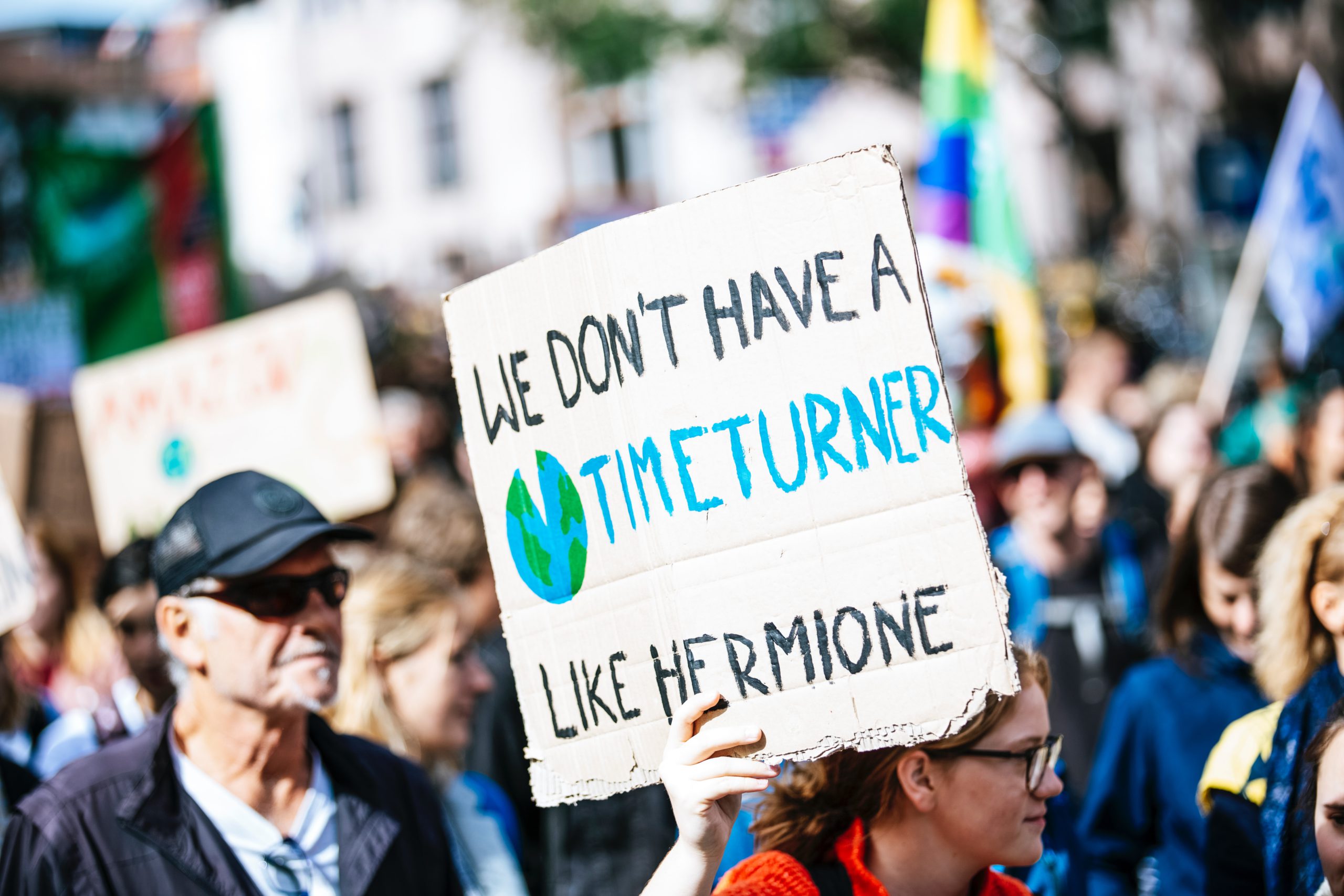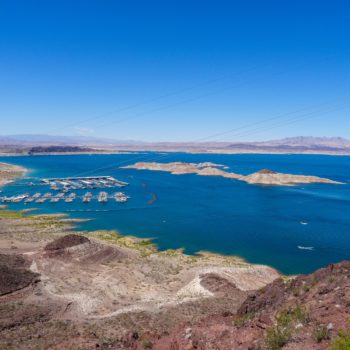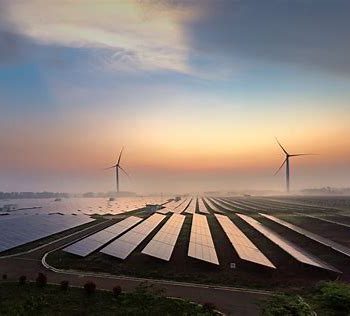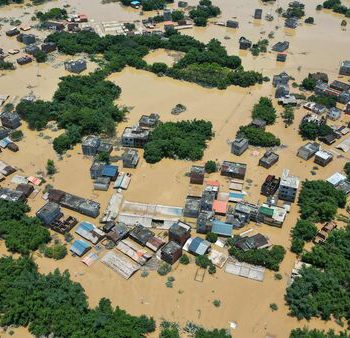|
|
You can sometimes encounter climate nonsense, such as the claim that it’s not the carbon dioxide emitted by humanity that is the cause of global warming. It’s always worth correcting these, as one can never have too much common sense. THE LATEST example of denying the impact of CO2 emitted by humanity on climate warming is an article published by the Holistic.news portal.
“We seek truth and good. We ask questions and try to answer them. We write about what we consider important. The world according to Holistic is one whole,” declares the editorial team.
Let’s see how this motto holds up in the article “Latest study showed that carbon dioxide is not a factor affecting temperature” from November 9, 2023.
“A group of researchers from Poland, Greece, and the United Kingdom analyzed a popular theory regarding the causes of Earth’s temperature rise. Although CO2 is the main culprit in the media, it turns out that this is not true,” writes the author.
And quotes the conclusions of these researchers: “Our analysis suggests that the increase in atmospheric carbon dioxide concentration is a consequence, not a cause. The reason for the temperature rise is something else. Therefore, the common belief that increasing CO2 emissions causes a rise in heat can be excluded.”
How did they come to this conclusion?
“The scientists assumed that relying on computer climate models would not provide them with sufficient answers, so they based their research on their own observations and analyses of Earth’s temperatures and atmospheric carbon dioxide concentrations. In this way, they proved that there were periods in history when the temperature rose, even though the CO2 concentration was falling. This was the case, for example, between 1700-1750. Conversely, between 1890 and 1900, the situation was the opposite.”
What does science say about this?
Another similar – sometimes cited – study (Soares) in 2020 also claimed that there is no link between the amount of carbon dioxide in the atmosphere and global warming, because there were periods when it was cooler – even though the concentration of carbon dioxide is constantly rising.
There is an explanation for this, which I will quote from “Skeptical Science”. It goes something like this:
Short-term temperature changes are also the result of natural processes, which obscure the picture [of global warming]. The increase in carbon dioxide concentration causes a gradual rise in temperatures, but this rise is slow. Some short-term drops are larger than it.
Temperature charts look like zigzags. One year down, another up, two up, again one down. Only after looking at a sufficiently long period can you see that this zigzag line is overall climbing upwards.
Figuratively: the road to the top does not lead steadily uphill – sometimes it goes down into depressions, sometimes into a valley. The fact that we have snow and frost in November (a dip) means nothing for the long-term average (long-term rise).
The long-term correlation between CO2 concentration and temperature is well proven.
Carbon dioxide is a greenhouse gas
Where to start. Maybe from the fact that carbon dioxide is a greenhouse gas, meaning it traps heat in the atmosphere, a discovery made in the early 19th century. This effect (though he did not yet call it “greenhouse”) was described by Joseph Fourier, a French mathematician and physicist, in 1824.
In the following decades, other researchers confirmed this, and in 1896, Swedish chemist Svante Arrhenius first calculated how much the planet would warm if the concentration of carbon dioxide in the atmosphere doubled. He calculated that it would be about 5-6 degrees.
(The term “greenhouse effect” was first used by Nils Gustaf Ekholm in 1901)
That carbon dioxide is a greenhouse gas is a scientific fact.
Global warming is a result of human activity!
The “New York Times” issue of Sunday, August 5, 2018, had an entirely black front page. The rest of the newspaper was one long text by Nathaniel Rich. He detailed how in the years 1979-1989, really solid scientific evidence was presented that the Earth’s temperature is rising due to the burning of fossil fuels and the emission of carbon dioxide.
Despite many signals from scientists, governments trivialized this. The eighties were the heyday of economic neoliberalism, the belief that the free market would solve all problems. They were also years (no less importantly) of lowering taxes for the wealthiest.
The fuel lobby happily took advantage of this, as described by “The Guardian”. The climate crisis accelerated, and global oil companies invested millions of dollars in public relations activities. The goal was to raise doubts about the conclusions of scientific research, trivializing climate change.
In 1988, the Intergovernmental Panel on Climate Change (IPCC) was established, bringing together hundreds of scientists. Its first report containing scientific knowledge about humanity’s impact on the climate was published in 1990. Since then, five more have been published, the last one appearing in 2021.
That human activity and its carbon dioxide emissions contribute to climate change is a scientific fact. With this statement, the overwhelming majority (98.5 to 100 percent) of surveyed scientists agree.
Can the amount of carbon dioxide increase while the temperature decreases?
According to the work cited by Holistic.news, the increase in atmospheric carbon dioxide concentration is a consequence, not a cause. And that the increase in CO2 emissions causes a rise in heat can be excluded.
Throughout Earth’s history, there have been times when the concentration of carbon dioxide could rise while the temperature fell. For example, because volcanic eruptions add carbon dioxide to the atmosphere, as well as large amounts of dust and sulfur dioxide.
For example, after the eruption of Mount Pinatubo in 1991, the average temperature of the Earth fell by 0.5 degrees Celsius for two years. Pinatubo is not the strongest volcanic explosion of the last century (the eruption of the Alaskan volcano Novarupta in 1912 was stronger).

(FOX Weather / FOX Weather)
Nor is it the strongest volcanic eruption in known history. The eruption of Mount Tambora in the early 19th century caused the “year without a summer” and lowered temperatures in the northern hemisphere by about 1-2 degrees. This was enough to cause famine worldwide.
Such are the effects of volcanic eruptions, even if they throw 10 (Pinatubo) to 100 cubic kilometers (Tambora) of dust and gases into the atmosphere. However, there are also much stronger eruptions, releasing thousands of cubic kilometers of material.
Volcanoes can cool Earth as well
On Sumatra, the largest island in Indonesia, there is Lake Toba. For millions of years, a volcano rose in this place, which erupted about 74,000 years ago. The force of the explosion completely destroyed the volcanic cone. It was a gargantuan explosion: today’s water-filled caldera is 35 km wide and 100 km long.
The eruption lasted several days, during which the volcano threw between three and six thousand cubic kilometers of ashes into the atmosphere. The Toba eruption also released about 1.5 billion tons of sulfur dioxide into the atmosphere, cooling the Earth by 3.5 degrees (other models assume between 0.2 and 2 billion tons of sulfur dioxide and cooling between 2.5 and 4.1 degrees).
Geological records know at least 40 such “supereruptions” over the last 132 million years, 30 of them in the last 36 million. On average, they occurred once every 50,000 years.
So yes, indeed. There are times when the concentration of carbon dioxide on Earth rose, but temperatures fell (due to the blocking of solar energy by sulfur dioxide particles).
This does not at all contradict the scientific consensus – that humanity emits so much carbon dioxide that the Earth’s temperature is rising.
Climate has inertia
Were there also periods in Earth’s history when the concentration of carbon dioxide fell, but temperatures rose? Yes. The climate is characterized by a certain inertia.
For example, ice ages end due to cyclical changes in orbit and the tilt of the Earth’s axis, which means that slightly more solar energy reaches the mostly land-covered northern hemisphere.
This is a small difference, so small that it could not cause the retreat of glaciers by itself. However, the warming of the oceans means that they can hold less carbon dioxide (the same is true for permafrost). Gases have higher solubility in cold water; warmer water can hold less. CO2 is released into the atmosphere and retains more energy at the Earth’s surface.
At the end of the ice age, it is therefore the case that temperatures rise first, and only after 200 to 1000 years does the concentration of carbon dioxide increase. No one thinks that this undermines the role of CO2 as a greenhouse gas. This is a mechanism known to climatologists. Described by “Skeptical Science” here.
Because of this inertia, if we stop anthropogenic carbon dioxide emissions today, even completely to zero, temperatures will not start to fall immediately. Thermal energy has already accumulated in the atmosphere and oceans, ice has disappeared from the Arctic, so water and land there are warming up faster. Lowering the temperature will take thousands of years.
It’s good to check the numbers
Let’s look at one more thing. The author of the article on the “Holistic News” portal wrote:
“Emissons of fossil fuels amount to 9.4 GtC/year (GtC, gigatons of carbon dioxide), which is only four percent of total CO2 emissions. Natural sources, such as the breathing of organisms or volcanic eruptions, introduce about 216 GtC/year into the atmosphere.“
These numbers (gigatons, or billions of tons) do not match at all. Scientists gathered in the Intergovernmental Panel on Climate Change (IPCC) estimate that in 2019, humanity released 40.9 gigatons of carbon dioxide into the atmosphere in a year – four times more.
Meanwhile, Carbon Brief estimates human emissions in 2022 at a similar size – 40.5 gigatons. A small part is emissions from cement production (1.6 Gt), other sources (0.7 Gt), a slightly larger part is emissions resulting from changes in land use (3.9 Gt). Emissions from the burning of fossil fuels amounted to 34.3 gigatons of carbon dioxide.
Just below 9 gigatons of CO2, humanity last emitted in 1959.
Find more statistics at Statista
Four or ten percent – that’s a big difference.
One could end here – there is no point in referring to a publication that provides data so far removed from the scientific consensus, i.e., what the overwhelming majority of researchers agree with.
But for fairness, let’s add that natural carbon dioxide emissions (from living organisms, volcanoes) are also more than twice as large as those given by the authors – estimated at about 440 gigatons of CO2 per year.
In summary, human emissions do not constitute four percent (9.4 out of 216 Gt) of the carbon dioxide produced on Earth. They make up almost ten percent (40.5 out of 440 Gt) of all emissions. That’s a big difference.
These data are really not hard to obtain. Just type into a search engine “human carbon dioxide emissions from fossil fuels, gigatonnes per year”.
Does it make sense to challenge the laws of physics?
It’s not about how much carbon dioxide we add to the atmosphere, but at what rate.
As calculated by Climate.gov (a site run by the U.S. National Oceanic and Atmospheric Administration, NOAA), over the last sixty years, the concentration of carbon dioxide in the atmosphere has been rising about a hundred times faster than when it rose for natural reasons, for example, at the end of the last ice age (emphasis mine).
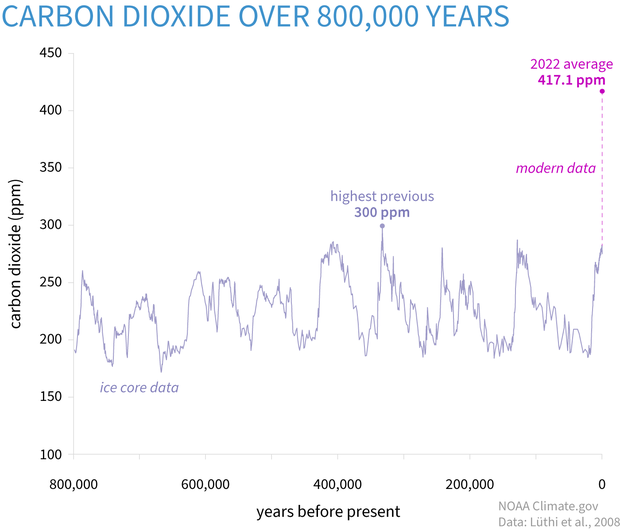
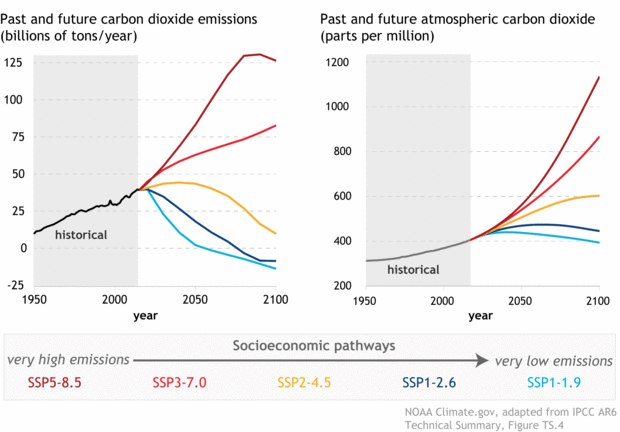
This is clearly seen in the chart prepared by the “Climate Science” team, where the curve depicting CO2 concentration sharply soars upwards: Before the industrial era (i.e., the rapid development of industry in the 19th century) there were 1400 billion tons (or gigatons) of carbon dioxide in the atmosphere. Since then, humanity has sent an additional 1600 billion tons of this gas into the atmosphere.
The concentration of carbon dioxide, which for the last 10,000 years before the industrial revolution was 280 ppm (parts per million), has been steadily rising since the end of the 18th century and is now 420 ppm. The rising average temperatures on Earth are the result (and short-term cooling periods in no way negate this).
Denying this makes about as much sense as claiming that it wasn’t us who hit our fingers with a hammer, but the hammer hit us.
Sources:
- https://oko.press/dwutlenek-wegla-globalne-ocieplenie
- https://www.climate.gov/news-features/understanding-climate/climate-change-atmospheric-carbon-dioxide
- https://www.statista.com/statistics/276629/global-co2-emissions/
- https://www.carbonbrief.org/analysis-global-co2-emissions-from-fossil-fuels-hit-record-high-in-2022/
- https://royalsociety.org/topics-policy/projects/climate-change-evidence-causes/question-20/
